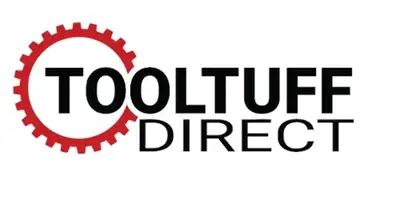The use of chains in motion systems dates back centuries, when a single piece of metal was sufficient to move a hefty weight. Today, advances in precision materials and manufacturing processes allow designers to use chains in more sophisticated applications. In remote installations, no lubrication and long life are the key benefits of using a chain. The roller chain is the most common industrial design, consisting of five basic subcomponents. Each of these components is made to tight tolerances and heat-treated to maximize performance.
In a second embodiment of the invention, an endless chain comprises a plurality of links. Each link is connected to another via a connecting member, such as a pin or a bushing. The connecting member guides the various links into an endless chain by pressing them together. Each link has two apertures at the end and is supported by a central bushing. The inner link 32 is rigidly attached to a bushing 28 by a pin or a press fit.
A straight-running steel flat-top chain includes a series of hinge-like barrels and top plates. Each link is connected by a pin, which is inserted through a barrel in the top plate and retained by press-fits. These pins articulate in the barrel of the next link. A series of these links form an endless chain. A center line 100 divides each link and the outer guide links into two rows. This partitioning is done by the pins and the bushings.
Another type of chain is the roller chain. These chains are commonly used for mechanical power transmission in many different types of machinery, including cars, bicycles, and wire-and tube drawing machines. These chains are driven by toothed wheels called sprockets. They are a reliable and simple way to transfer mechanical power. The benefits of using these chains are many. They are highly adaptable, easy to install, and have low maintenance. The basic features of a chain drive include stability of ratio, durability, no slipping, and the ability to drive multiple shafts from one power source.
Leaf chain is an alternative to roller chains. It consists of alternating sets of pin links, and its blades are designed to be silent. These chains have two types of joints, the center link plate is press-fitted onto the pins, and the inside link plates are disposed between the guide plate pairs. The pins are spaced in the direction of movement and the leaf chain is intended to run over the sheaves and not engage sprockets.
Engineering steel chains were developed in the 1880s and are used in conveyors, bucket elevators, and tension linkages. While they are rarely used in drives, engineering steel chains are necessary for many types of industrial applications. They must be designed to handle tensile, flexural, and shear loads. They also have to meet various dimensional requirements and must withstand lubrication. Several types of wear are common in heavy-duty chains, and some types are used in more than one application.
